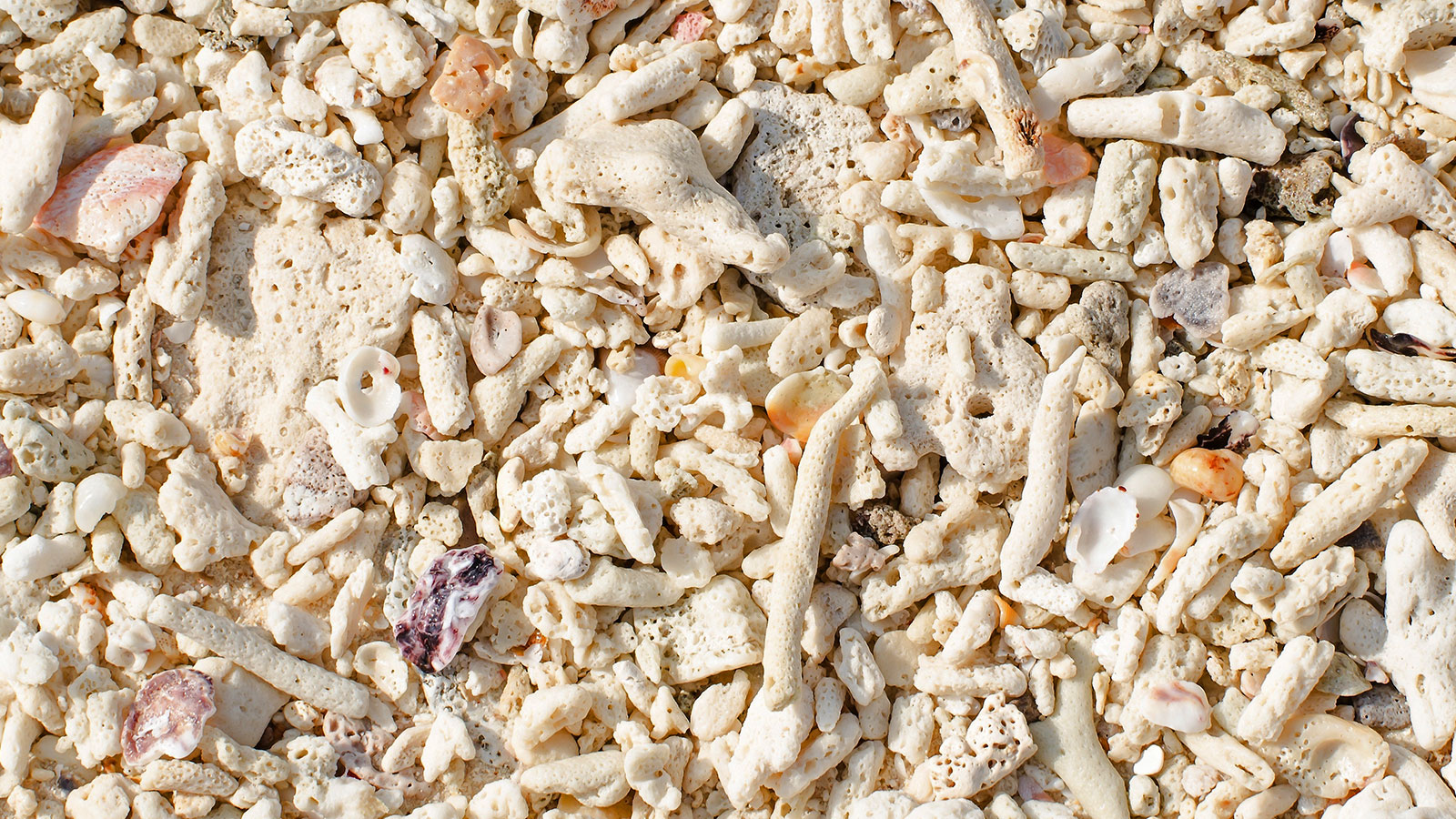Anyone who has ever had a bone graft knows how gnarly the operation can be. And if you’re having bones harvested from your own pelvis or ribs, it can add risks of surgery complications or increase recovery times. There’s been a lot of research into synthetic alternatives for bone grafting, but it looks like scientists are coming close to perfecting an alternative — and it’s harvested from the sea.
Turning ocean coral into human bone first hit the medical community nearly 25 years ago, when scuba-diving doctor Rodney White realized the two materials aren’t so molecularly different. Coral is made up of calcium carbonate, and using heat, water, and phosphates, it can be converted into hydroxyapatite, the same type of calcium carbonate in bones.
Unfortunately, White’s bone substitute didn’t biodegrade as the new bone grew back, leading to nasty bacterial infections and the like. Last year, a research team from Swansea University in the United Kingdom improved upon White’s method and fixed the issue. Modern Farmer reports on the companies sprouting up:
OkCoral, an Israeli company founded by Assaf Shaham, farms corals specifically for bone grafting (his carbonate extractions go for a cool $250 a vial). CoreBone, another company based in Israel, is growing coral on a special bioactive mineral diet to make it especially suitable to grafting.
This is all great news — except we’re running out of coral. The bulk of the Caribbean’s coral could be gone within the next 20 years thanks to overfishing and pollution, and warming waters are also causing mass die-offs by bleaching out entire reefs. On top of everything, the oceans are becoming more and more acidic as they absorb CO2, making it harder and harder for coral polyps to form that calcium carbonate shell researchers are interested in. Nifty coral grafts are just one more reason to amp up conservation efforts — we can feel it in our bones.



